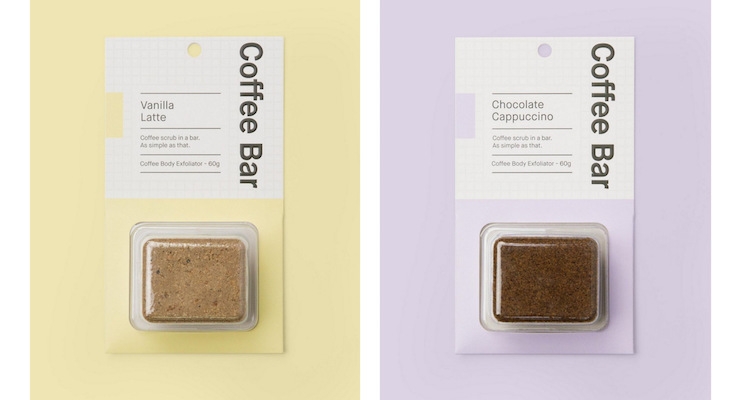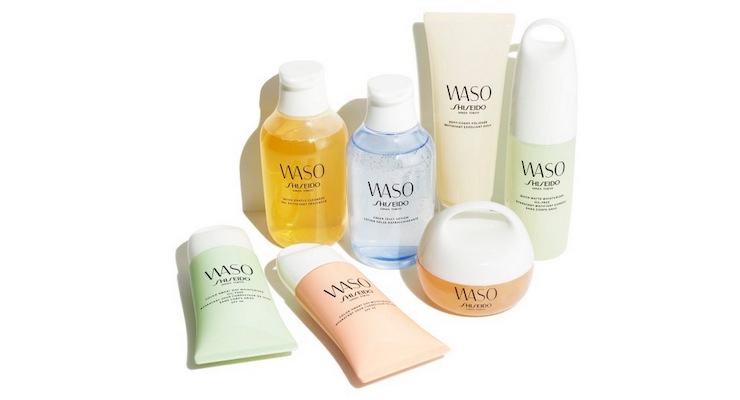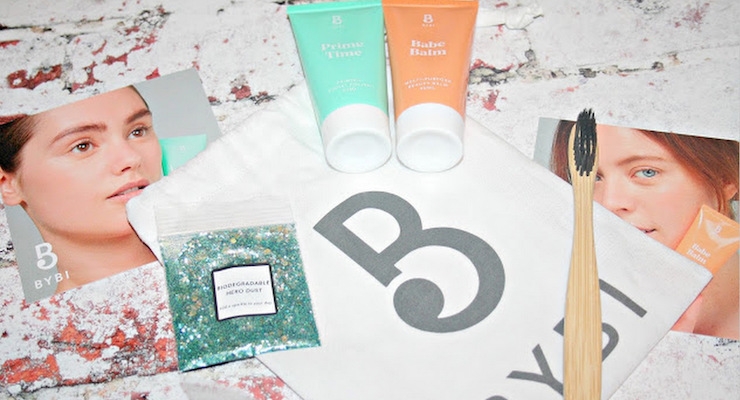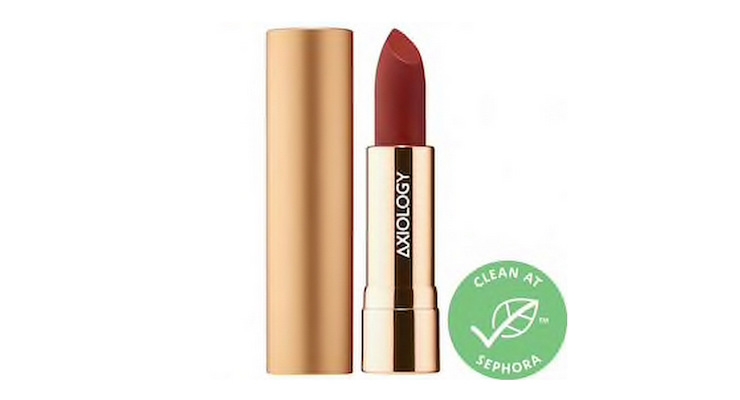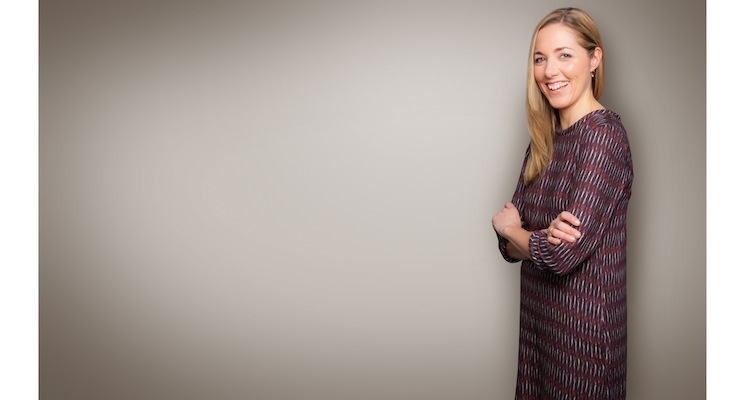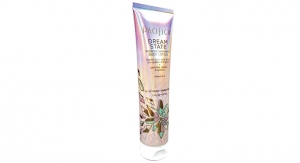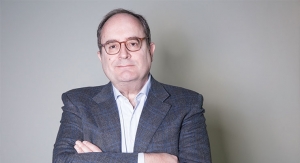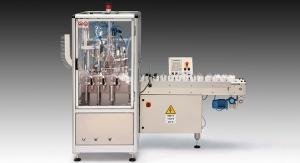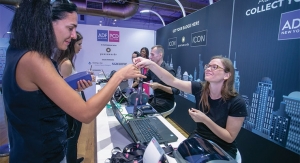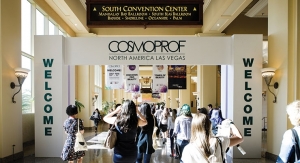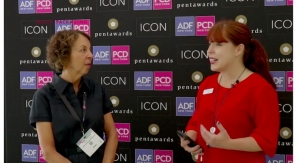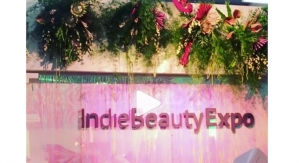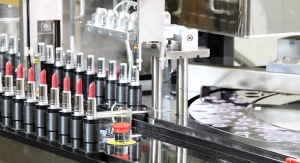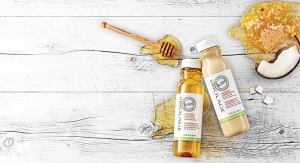12.06.18
Beauty Packaging’s editor-in-chief, Jamie Matusow, recently caught up with Sophie Maxwell, Futures Director Global, Pearlfisher, who always has great insights to share.
Jamie Matusow: Do you see any current trends in “innovative packaging” in the beauty industry?
Sophie Maxwell: The desirability of clean beauty, a market predicted to be worth $21.8 billion by 2024 according to market research company Statista, is largely being driven by a raft of new products that are helping consumers make their choices with packaging offering a clear, direct and streamlined aesthetic and better education around the benefits of natural ingredients and considered process. But, over and above this, we are still expecting packaging to deliver imaginative and more personal solutions to better reflect the specifics of our personalities, individual lifestyles and create a better dialogue or new sense of occasion or experience.
Consumers are increasingly moving away from bottled products and back to traditional products like bars or soap. Coffee Bar (pictured in the slider above) is a great new example of a product finding a way to meld the traditional and contemporary, and also acting as a point of difference to other coffee scrubs in the market by taking messy coffee scrubs and compressing into a bar. The scrub ‘block’ is clean, simple and easy to use and the product benefit is expressed through the design. And, it offers a menu of personal blend preferences to suit your mood or need.
JM: In what ways is most of today’s “innovation” in the beauty/fragrance/personal care space marketed? Primarily related to packaging, but also dispensing, promotional, customer service, etc. How influential is Instagram in this way?
SM: The idea of a new sense of community, and access, is big business for the beauty industry – as every other. Instagram and influencer sharing is still making a huge impact but, as consumers seek new collectives to expand their worlds, they are looking for brands to facilitate this; not only by opening up new brand to consumer dialogues but also helping connect them to other consumers more directly through the product offer and brand specific communication. Brands such as Wander Beauty, a collection of multi-tasking beauty essentials, credit their success to rooting the brand in a ‘pull not push’ marketing approach with an interactive community of fans driving unique input and innovation for new products.
JM: How difficult is it to create an “innovative package” in light of the current demand for Speed to Market?
SM: It’s true that it is much easier to iterate with popular colours or ingredients and innovating quickly within the structural solution is a longer process. However, we are seeing portability and scaling being addressed and where real innovation lies – and where we want to see it - is in how we create more sustainable and functional packaging that dials up desire in itself with more lightweight, minimal, clean and efficient structures that fit into our lifestyles and can be re-used and recycled.
Waso by Shiseido (also shown in the slider above) is a brilliant example of this. Waso – Wa, meaning harmony and So, meaning inspiration - is a new gender neutral skincare range made of natural and active ingredients that are designed in mini portable packaging to fit into today’s dynamic and on-the-go lifestyles.
JM: Can you please provide an example of one or two innovative packages launched within the last year—and what made them so?
SM: Holistic, sustainable and multi-functional is driving innovation in both graphic and structural packaging solutions to meet the phenomenal new range of beauty offers hitting our shelves.
BYBI Beauty (shown in the third slider above, use arrows) currently have two products out - Babe Balm and Prime Time - both of which are multi-purpose, vegan and cruelty free with sugar-cane derived and plastic-free packaging.
We are also looking for new offers, formats and experiences that enable the natural and the tech to co-exist and co-create.
ClickStick is perfectly tapping into the opportunity here. It is the first smart, eco-friendly deodorant with an applicator that dispenses a precise amount of deodorant each time you push a button. Added to this, it’s refillable and there is soon to be an accompanying app to remind you when to order refills.
JM: What will future innovative packages look like in beauty?
SM: Our desire for better self-care in the form of holistic, effective, bespoke, clean and conscious choices will underpin the future development and opportunity in this sector for packaging as much as product.
Over-riding all of this is an innate expectation for sustainable offers and elevated experiences as we look for brands to help design better lives, and create new physical and emotional legacies, as they exert ultimate influence over women, their social circles and the planet.
Axiology (shown above, fourth photo, click the arrows) is positioned as a premium, every day luxury and with its phenomenal range of on-trend colours and gold-packaged tubes of lipstick. it certainly looks and feels so. The brand is also organic, vegan and cruelty free but its mission doesn’t stop there. Axiology is a member of PETA, currently partners with, and donates a percentage of their profits to, the International Orangutan Foundation whilst the Axiology boxes are sourced from women in Bali that recycle local rubbish into paper.
JM: Any other observations you would like to share on this topic?
SM: Consumers recognize that with a new generation of brands emerging looking good, and taking great care of yourself, doesn’t necessarily need to cost the earth - and we all need to take more responsibility for the beauty of our planet along with our personal beauty. The creation of new brands such as Love Beauty and Planet by Unilever fundamentally supports this perspective and is a pretty, contemporary and fresh addition to the beauty shelves.
Plastics and water use are the mainstays of so many beauty products but also two of the main culprits when it comes to the demise of our environment. Products aside, we need to take collective responsibility for creating new solutions for better end-to-end processes and more sustainable, lightweight – but no less desirable – packaging solutions.
Photos in the slider above: Coffee Bar's body scrubs; Waso skincare by Shiseido; BYBI Beauty; and Axiology lipstick with the
"Clean" at Sephora seal; and Sophie Maxwell, Futures Director Global, Pearlfisher.

